Alexander Augusta's public presence was often controversial, but proved to be a catalyst for change.
On a rainy day in February 1864, Augusta, in full military uniform, headed to a court martial in Washington, D.C. where he was scheduled to testify. He hailed a streetcar and attempted to enter the covered seated area. The conductor informed Augusta that he would have to stand up front with the driver as was usual for black riders. When Augusta refused, he was forcibly ejected and had to walk through the rain to reach the hearing.
Senator Charles Sumner of Massachusetts, a noted anti-slavery supporter, was outraged after hearing of the incident. Within a week, Sumner brought a resolution before the United States Congress to abolish the exclusion of blacks from railroad privileges in the nation's capital. The resolution resulted in the desegregation of streetcars in Washington, D.C. within a year.

After passage of a resolution abolishing segregation on streetcars in Washington, D.C., African Americans were free to sit in covered areas of cars.
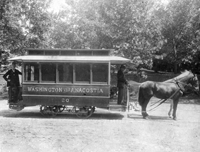
Typical Washington, D.C. streetcar, c. 1880
Courtesy The Historical Society
of Washington, D.C.
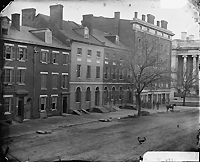
This image of 15th and F Streets NW in Washington, D.C. was taken in 1865 near the site of Augusta's streetcar incident.
Courtesy Library of Congress

!["He [Mr. Sumner] said…we had better give up railroads in this District, if we could not have them without these odious distractions. An incident like this, at this moment, was worse than a defeat in battle" Quote from The Evening Star, February 10, 1864. He [Mr. Sumner] said…we had better give up railroads in this District, if we could not have them without these odious distractions. An incident like this, at this moment, was worse than a defeat in battle. Quote from The Evening](images/incident.png)

Last Reviewed: February 8, 2024




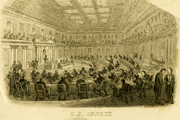
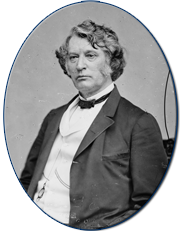
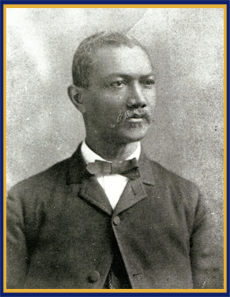
!["…ejection of [a] Senator from a [street] car would not bring upon this capital half the shame that the ejection of this colored officer from the car necessarily brings upon the capital…" ejection of [a] Senator from a [street] car would not bring upon this capital half the shame that the ejection of this colored officer from the car necessarily brings upon the capital…](images/ejection.png)
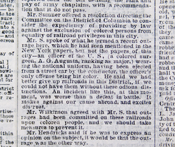
 Previous
Previous